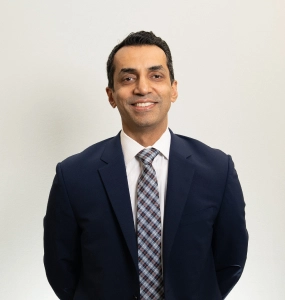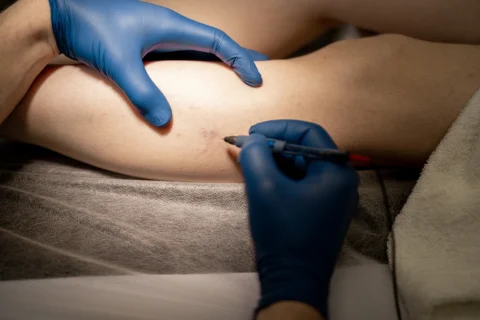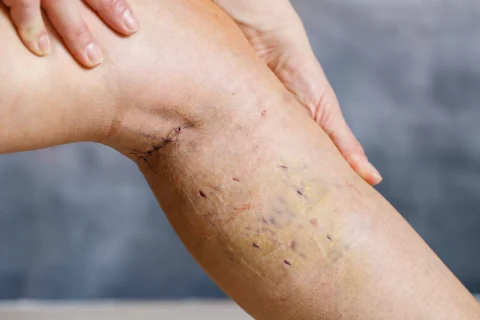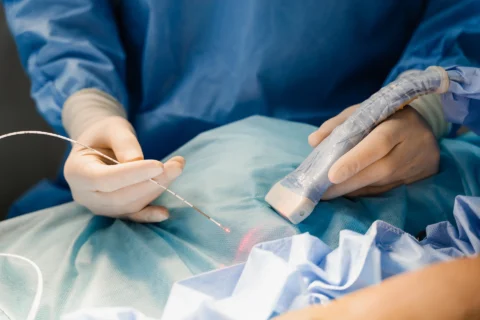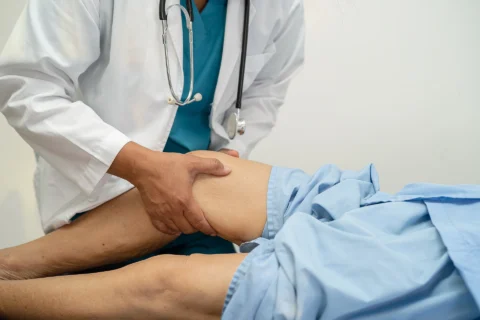With the ease that many people can slip into sedentary lifestyles, it’s crucial to screen yourself for conditions like chronic venous insufficiency (CVI) as soon as you feel anything unusual with your circulation. This helps you stay healthy, but also get treatment as soon as a diagnosis is confirmed.
So what are the different treatment options for chronic venous insufficiency? Your options will rely on how severe your symptoms are and how early your condition was diagnosed. Overall, patients can choose from a variety of effective treatments like compression stockings or exercises for mild CVI, or endovenous laser ablation and sclerotherapy for moderate to severe CVI, among other treatment options.
Early/Mild Chronic Venous Insufficiency
Early/mild chronic venous insufficiency usually manifests in the following symptoms:
- Varicose vein or spider vein formation
- Skin discoloration
- Tingling sensation in the lower leg
- Dull leg aches or pains regardless of movement
- Acute pain triggered by standing up or sitting down
- Minor swelling in the lower leg
These conditions also overlap with other conditions, like pregnancy or acute injury. At this stage, your symptoms cause mild discomfort or pain, and can be managed successfully with the following treatments:
1) Compression Stockings
Compression therapy pushes in your vein wall, which prevents too much blood from accumulating in your lower legs. It helps promote healthy blood flow and lowers the risk of developing high blood pressure in the legs and feet.
Compression stockings work best when the blood pressure is found in the superficial vein (veins closer to the surface of the skin) rather than deep veins. They may also be used as a way to support other chronic venous insufficiency treatments.
2) Exercise and Lifestyle Changes
Keeping the leg elevated, regular exercise, and increased physical activity all help decrease the likelihood of blood pooling in the lower legs. Because your leg vein isn’t working against gravity anymore, the venous valves don’t hold back blood pressure as much.
This management can help with deep vein treatment as well, though it will be up to your vein doctor to make the call whether this can be the sole method of treatment for your condition.
Late/Severe Chronic Venous Insufficiency
At this stage, your vein valves have already been filled with blood, increasing blood pressure and rapidly expanding the blood vessel. Symptoms may be the same as mild cases, but with more intensity and frequency than before.

Additionally, other symptoms may manifest:
- Leg ulcers (venous ulcers)
- Blood clot in the leg (deep vein thrombosis)
- Leg cramps
- Muscle spasms in the leg
- Pain inside the affected vein
1) Endovenous Laser Ablation
Also known as radiofrequency ablation, this treatment uses heat energy via an inserted catheter in the affected vein. The application of heat closes the vein on itself, reducing the blood flow to the legs.
Ablation treatments are minimally invasive and require no surgery of any kind, though some downtime may be needed depending on how severe your condition is. Treatment may also be spread across multiple sessions.
2) Sclerotherapy
Sclerotherapy involves injecting chemicals directly into the veins, causing them to develop into scar tissue and close on their own. The body absorbs the scar tissue over time and blood flow to the legs is reduced, sometimes with immediate results. This treatment is also used if there are many varicose or spider veins formed in the legs. It’s highly effective as a cosmetic treatment, and can also work with other CVI treatments.
3) Surgery
Surgical ligation is recommended when the damaged vein is deep and cannot be treated with other methods. This treatment involves cutting off the affected vein and tying the remaining ends shut.
Alternatively, phlebectomy (where the damaged vein is removed via a metal hook) is a far less invasive method of treatment, though it still requires significant downtime compared to other methods.
4) Medication
Medication may be considered if your CVI is accompanied by other symptoms such as an ulcer. Aspirin and painkillers can help manage the acute symptoms, while pentoxifylline can help improve your blood circulation over time.
If your CVI is related to other conditions like heart or kidney disease, diuretics may be used to reduce the amount of excess liquid in the body and relieve symptoms. However, they are normally not recommended without the advice of a doctor.
Vein Center Doctor: Safe And Effective Chronic Venous Insufficiency Treatment

While a chronic venous disease may start off slow, symptoms can quickly escalate and turn into serious complications if left untreated. That’s why it’s important to find any treatment for chronic venous insufficiency as soon as possible and be aware of your risk.
If you’re looking for a healthcare provider to help you manage chronic venous insufficiency symptoms, schedule a consultation with Vein Center Doctor today. We have extensive experience in treating various vein-related disorders, from mild to severe cases.
Reach out to us today and call 1-862-227-1054.
